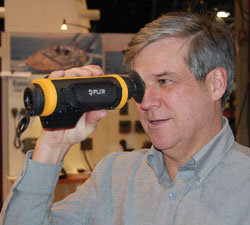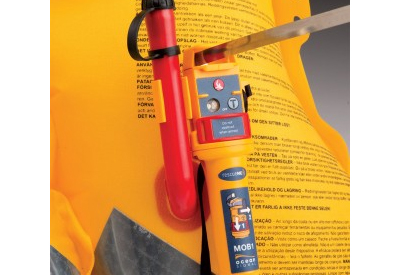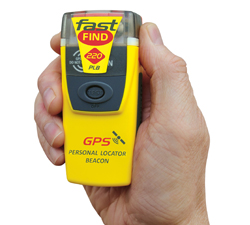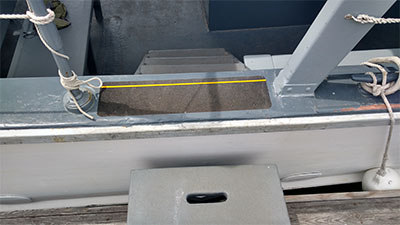Amazing Safety Advance with FLIR First Mate

 We think this is nothing less than incredible. See with significant detail and clarity even in total darkness for just $3,000 US.
We think this is nothing less than incredible. See with significant detail and clarity even in total darkness for just $3,000 US.
The FLIR First Mate gives you a thermal imaging camera that is a remarkable tool for nighttime navigation. We think this is huge!
Especially for inexperienced boaters or older boaters, driving the boat after dark can be something to dread. A negative aspect like ‘darkness’ probably keeps even experienced boaters tied to the dock after sundown. You just don’t want to risk it, especially in the shadows close to shore and that’s reasonable.
Consider how frightening it could be for a novice boater to get caught out in darkness. It’s not like driving the car where you have streetlights and headlights and other cars have taillights. Consider how many of our aging baby boomer population are starting to experience deterioration in their night vision. Do you know anyone who avoids driving their car at night now?
A few months ago, FLIR Systems announced the launch of their new First Mate line of handheld maritime thermal night vision cameras. Their goal was to create a nighttime navigation aid for use on any recreational powerboat or sailboat, but the First Mate is also a valuable tool for finding people in the water and providing higher image resolution than other handheld thermal cameras at a fraction of the cost.
With the First Mate thermal camera, users have the power to see navigation hazards like channel markers, finger docks, the land, other boats and even people in the water more clearly and from farther away than ever before, even in total darkness.
Depending on the exchange rate, you may be able to buy a FLIR First Mate for as little as $2,999. While three thousand dollars is not a small sum, we think many boaters can afford a First Mate. Don’t you think you would get a lot more use out of your boat if you could see to drive safely and conveniently on the water after dark?
As you can see from the photographs in this article, the First Mate looks like and is about the same size and weight as a video handycam. It is built to survive the demanding environmental conditions of life onboard your boat, too.
FLIR claims that their First Mate is fully submersible, runs for over five hours on a single battery charge and has more than 120 hours of standby battery life. Because the First Mate isn’t bolted to your boat, you can take it with you anywhere. Check on your pet in the backyard at night. You could even keep it in your night table in case the power goes out!
Unlike image intensified night vision binoculars and scopes, thermal night vision cameras make pictures from heat not light, so thermal night vision cameras like the First Mate can see clearly without any light at all.
One of the company’s videos shows a wooden garden shed in the dark and the clear thermal image of a man hiding inside – the thermal image shows right through the wall!
Lou Rota, Vice President of Maritime Business Development at FLIR Systems said, “Our new First Mate camera combines our industry-leading thermal cameras with our tested military technology to deliver the ultimate handheld imager for recreational and commercial marine markets.”
The name FLIR stands for Forward Looking Infrared Company and FLIR designs, manufactures and supports thermal imaging systems and subsystems for industrial, scientific, government, commercial, and firefighting applications. They have a 40-year history of infrared innovation and +100,000 systems in use worldwide.





























